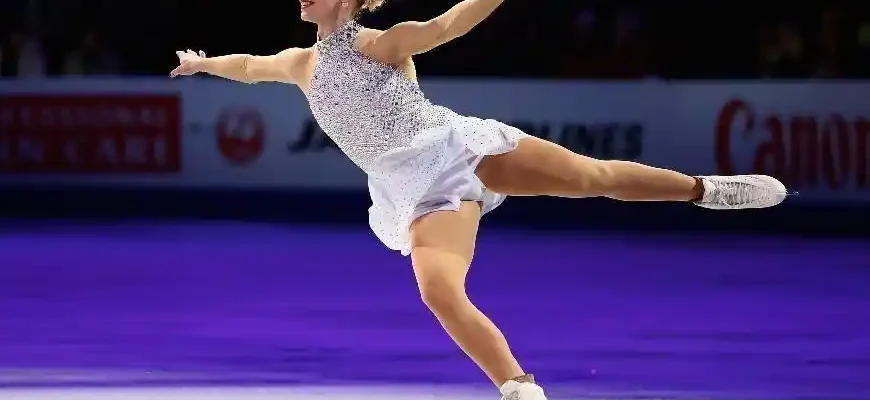Figure skating is often thought of as a sport of grace, beauty, and incredible athleticism. But the truth is, it’s also a sport of dedication, hard work, and—let’s be honest—plenty of tumbles along the way. Whether you’re a 5-year-old with dreams of the Olympics or a 50-year-old deciding it’s time to lace up those skates, figure skating offers something for everyone. This guide will take you through everything you need to know to learn figure skating, with insights grounded in scientific research, real-world experience, and practical tips.
The Basics: What You Need to Know Before Stepping on Ice
Before you step onto the ice, it’s helpful to understand the basics of figure skating: it’s a combination of skating, jumps, spins, footwork, and artistry. And it’s an incredibly demanding physical activity. According to studies from the American College of Sports Medicine, figure skaters train intensively to develop not only their skating technique but also their cardiovascular endurance, muscular strength, balance, and flexibility.
1. Start with the Right Equipment
The most obvious place to begin is with your skates. Many beginners make the mistake of using rentals for too long, which can hinder your progress. Ill-fitting or poor-quality skates can cause discomfort, prevent proper form, and increase the risk of injury. As a beginner, look for skates that are comfortable, offer good ankle support, and are the right size.
Tip: Visit a specialized store where the staff can help you find the best skates for your needs. If you’re serious about skating, consider having your skates sharpened regularly.
2. The Importance of Proper Warm-up and Conditioning
Figure skating is a high-intensity sport that demands agility, balance, and coordination. According to a review in the Journal of Strength and Conditioning Research, figure skaters must incorporate strength training, flexibility exercises, and cardiovascular conditioning into their routine. Skating itself can help with balance, but strength training (particularly core and lower body) will improve your overall stability and skating technique.
Warm-up Routine
Always start your session with some light aerobic activity (like jogging or jumping jacks), followed by stretching, focusing on your hamstrings, quads, calves, and lower back. It’s crucial to prepare your muscles and joints to prevent injuries. You’ll be spinning, jumping, and pivoting, which places a lot of strain on the body.
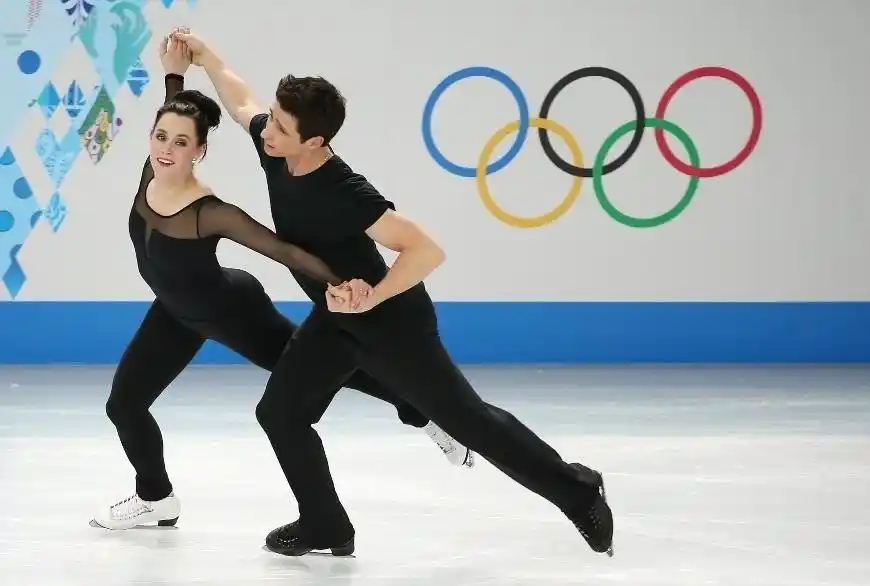
3. Focus on the Fundamentals
For beginners, the goal is to build a solid foundation. This means learning how to glide, balance, and stop before you try anything flashy like jumps or spins. Skating isn’t just about moving forward—it’s about controlling your movements on the ice.
Basic Skills to Master:
- Gliding: Start by learning to glide across the ice, maintaining your balance. Practice this on both your inside and outside edges.
- Stopping: Learn the “snowplow stop,” which is the most common way for beginners to stop. It involves bringing the inside edges of both skates towards each other in a V-shape and pushing outward.
- Falling Safely: You’re going to fall. Accept it. But it’s important to learn how to fall safely—try to fall on your side and avoid using your hands to break the fall, which can lead to wrist injuries.
4. Learn from Professionals
Whether you’re a child or an adult, taking lessons from a qualified instructor is a must if you want to improve quickly and avoid bad habits. According to a study published by the International Journal of Sports Science & Coaching, structured lessons with a professional coach drastically improve a skater’s technical skills, even for those starting in adulthood.
Finding the Right Coach
Look for coaches who are certified by national or international skating bodies (such as US Figure Skating or the International Skating Union). A good coach will not only teach you the mechanics of skating but also work with you on building confidence, overcoming fears, and developing a strong mental game.
5. Progress at Your Own Pace
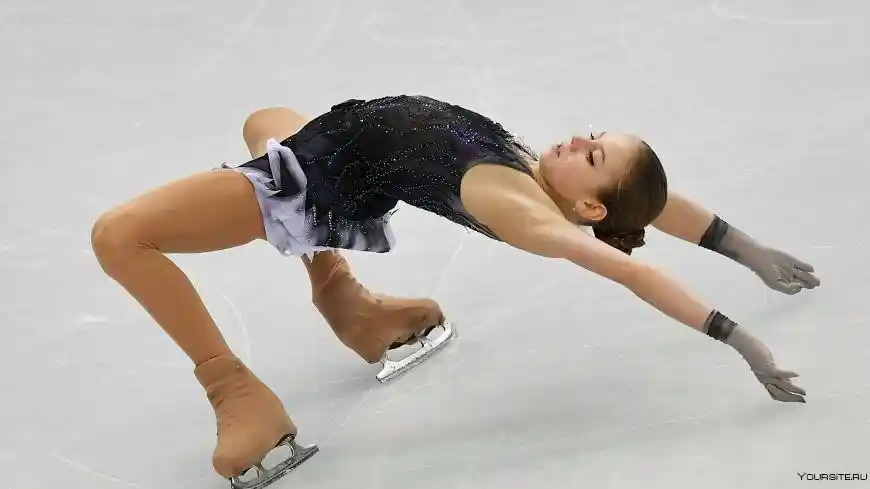
It’s easy to get discouraged when you compare your progress to others, especially in a sport where some seem to pick it up faster than others. But remember, figure skating is a marathon, not a sprint. People of all ages can start figure skating, but older beginners may need to put in more time to build the physical strength and flexibility needed for jumps and spins.
Mental Health and Enjoyment
Scientific research shows that learning a new skill like figure skating can have significant positive effects on mental health. According to a report by the American Psychological Association, the challenge of learning a sport improves self-esteem and mental resilience. Plus, it’s a great way to reduce stress.
6. Injury Prevention: Know Your Limits
Let’s face it: figure skating is physically demanding, and injuries are common. Sprains, strains, fractures, and even concussions are risks in the sport. But don’t let that scare you off. Injuries can be minimized with proper technique, warm-ups, and cool-downs.
Common Injuries in Figure Skating:
- Ankle Sprains: These are common due to the twisting motions in figure skating. To avoid this, make sure your skates are properly fitted and your ankles are strong.
- Knee Injuries: A lot of stress is placed on the knees when performing jumps and spins. Strengthening your quads and hamstrings can help reduce the risk.
- Wrist Injuries: Falls are inevitable, and many skaters instinctively extend their hands to break their fall. Wrist guards can offer additional protection.
Always listen to your body. If you’re feeling pain, take a break, and consult a medical professional if necessary.
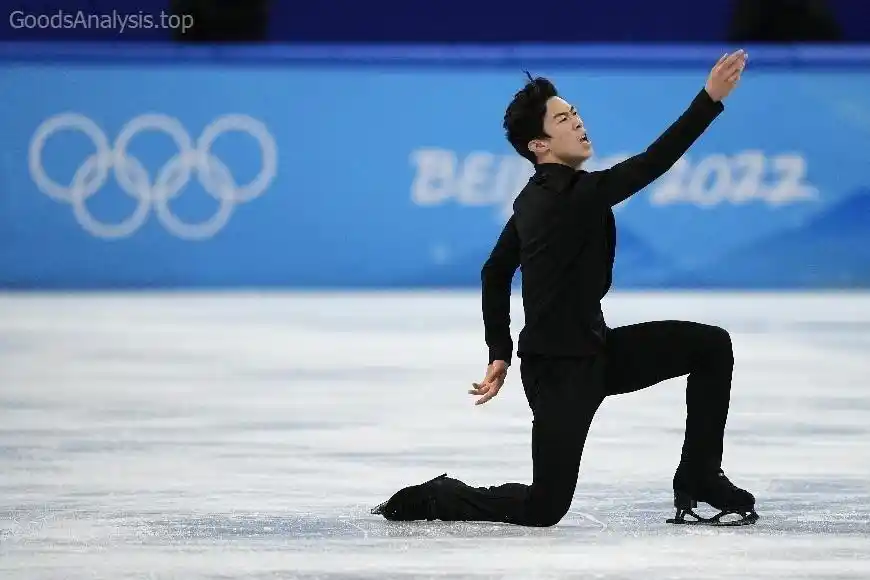
7. Consistency is Key
It may sound cliché, but consistent practice is essential. While a few lessons a week can make a huge difference, regular practice on the ice is the only way to truly improve. Ideally, you should aim for at least 2-3 sessions a week, each lasting 45 minutes to an hour.
8. Be Patient and Stay Positive
Learning figure skating, like any sport, takes time. Progress may be slow at first, but don’t be discouraged. Every skater, even the pros, has had their share of falls and frustrations. As you progress, you’ll notice improvements in both your skating and your general fitness levels.
9. What to Do After You’re Ready to Compete
Once you’ve learned the basics and have developed your skills, you might be interested in taking part in competitions or showcases. Many figure skaters start in local competitions before working their way up to national or international levels.
Preparing for Competitions
- Focus on mastering your routines, which will include a mix of jumps, spins, and footwork.
- Work with your coach to perfect your technique and presentation.
- Make sure your costumes and props are in line with the rules and are comfortable to wear.
Opinions from Skaters Around the World
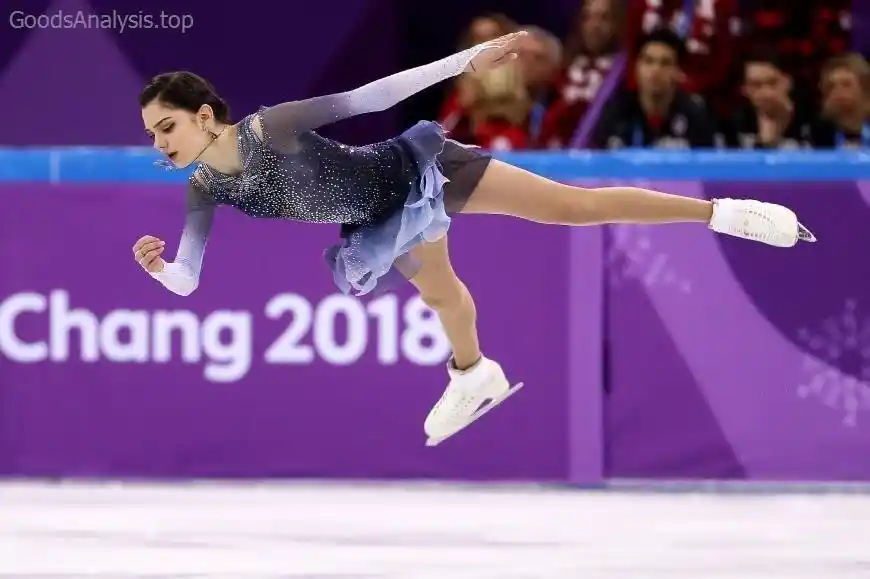
- Sophie, 32, United Kingdom
“I started figure skating as an adult. It’s been challenging, especially with my flexibility issues, but I love how skating makes me feel. It’s therapeutic in a way. Definitely worth the effort, even when my knees protest.” - Carlos, 17, Mexico
“I’ve been skating for 10 years now, and it’s my life. I started as a kid, but I know adults can learn and do great, too. If you want to learn, just start. It will hurt in the beginning, but the more you do it, the better it gets.” - Lena, 45, Russia
“I began skating at 40. It was tough at first, but I’ve seen major improvements. Don’t let age stop you. The coach’s feedback and a lot of perseverance are key. Also, be careful with your knees.” - Jai, 25, India
“I was always curious about figure skating, but it’s quite rare here. I found a coach and started lessons. It’s a beautiful sport, and I enjoy the artistic aspect as much as the athletic challenge.” - Mia, 50, USA
“I started skating at 48. It’s never too late to try something new. I’ve had some falls, but I feel so much better physically and mentally. Figure skating has improved my overall health.”
Conclusion: The Ice Is Waiting for You
Whether you’re looking for a new hobby, a way to stay fit, or the chance to challenge yourself in a unique way, figure skating offers something special. The key is to start small, take it slow, and enjoy the journey—no matter how many falls it might take to get there. So lace up your skates and hit the ice. The adventure has just begun!

